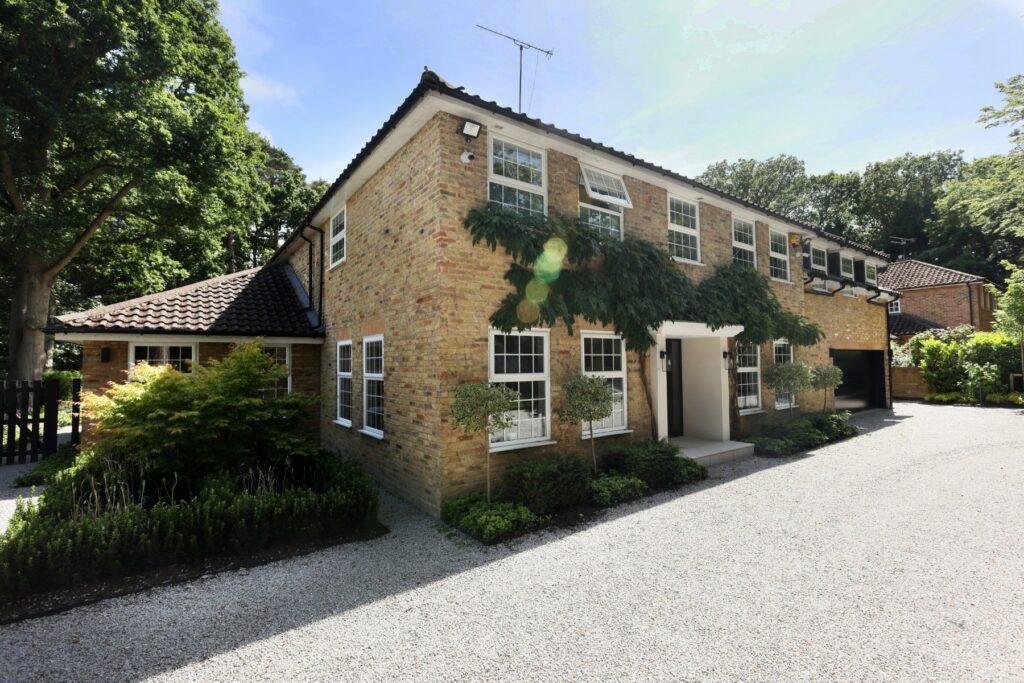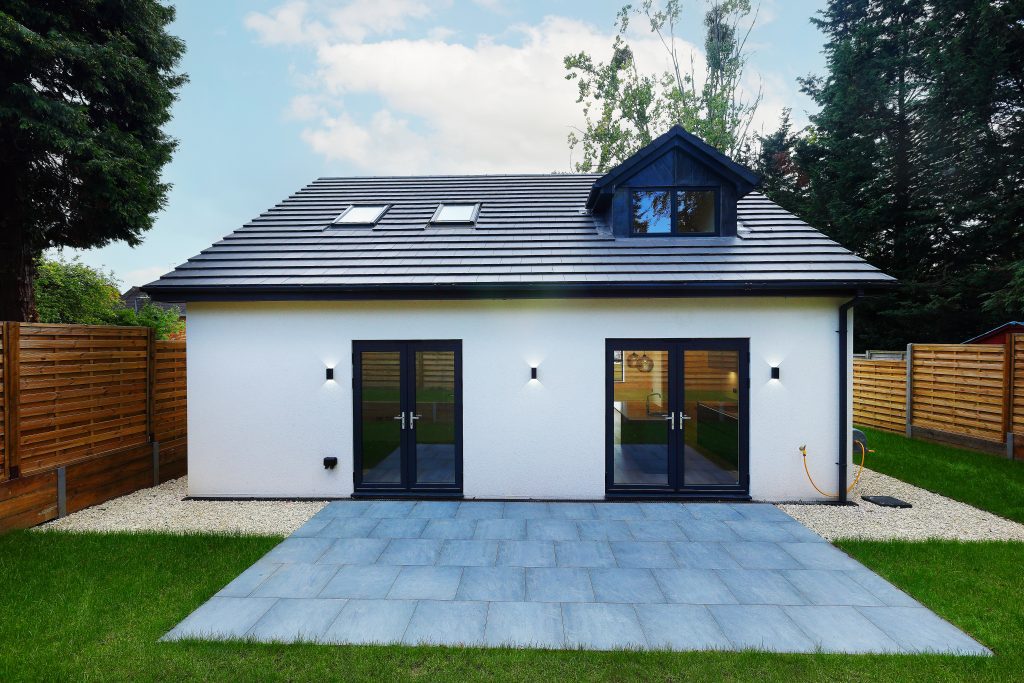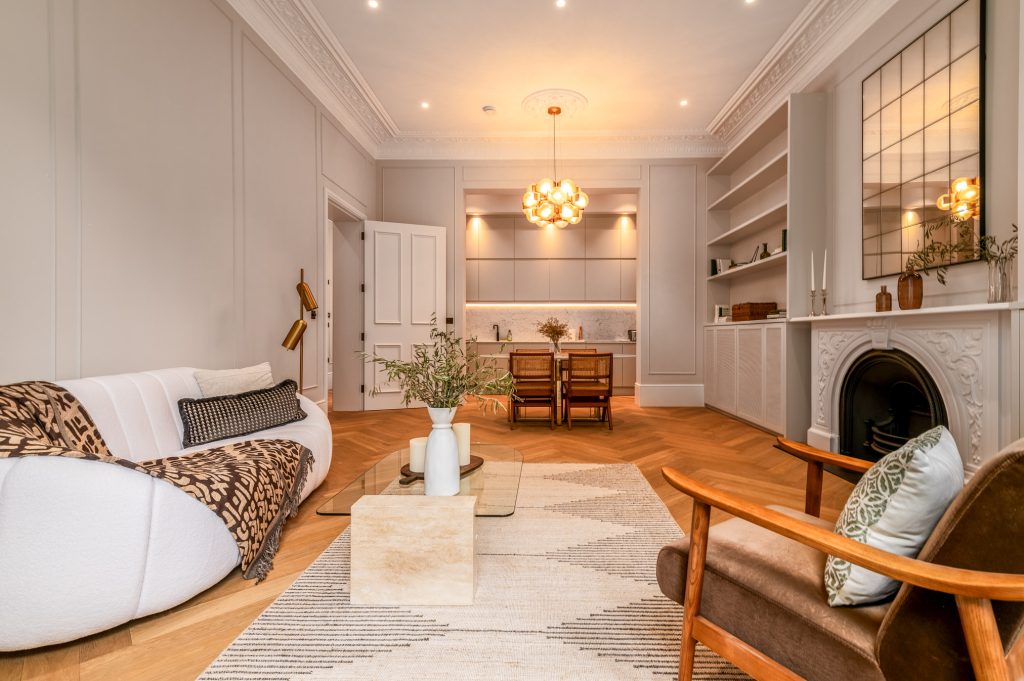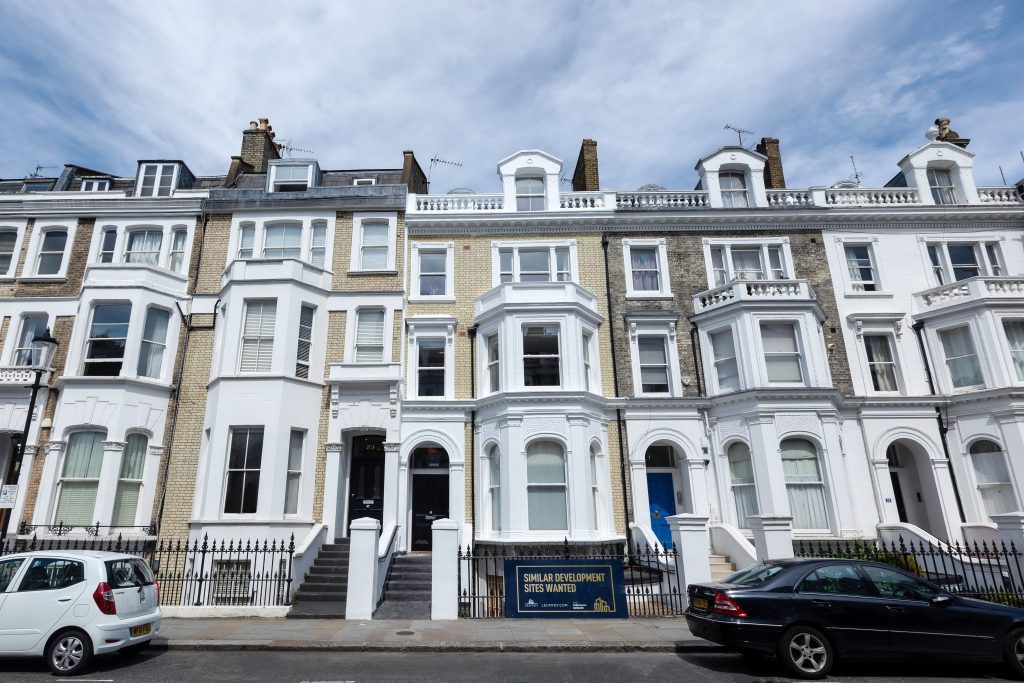The topic of home insulation has become more and more popular as the cost of heating a home has soared in recent years. Homeowners today are increasingly concerned that their homes are adequately insulated to keep their heating bills as low as possible.
The importance of insulation is highlighted further when one considers that up to 25% of heat is lost through the roof of a house, up to 40% through walls, and around 15% through floors and windows. Thus by simply insulating your roof and walls, you can save up to 65% on your heating bill.
Types of home insulation materials
It is important to be aware of the different types of home insulation materials so that you know what is the best solution for your home.
- Blanket glass insulation – this is the most cost effective and common form of home insulation. The insulation is made from recycled glass bottles and is environmentally friendly, and is relatively easy to install. It comes in rolls and is relatively easy to install, and is ideally suited to wall cavities. It should be noted that blanket rolls can be difficult to use in small spaces, in which case other types of materials may be more suitable.
- Rock mineral wool – this insulation is thicker and denser than the traditional blanket roll material, and is more suited to projects where the material may become compressed. It comes in varying thicknesses, depending on how it will be used. Another benefit of rock mineral wool is that it is resilient to heat and fire, and so if this is a factor, then it is the preferred material for insulating a home. Rock mineral wool can be purchased in batts, rolls or loose fill, depending on your project and use.
- Spray foam – spray foam is a common type of insulation and involves liquid foam being sprayed or injected into wall cavities. The foam expands as it solidifies making it very effective in comprehensively filling a cavity and providing a high level of heat loss reduction.
- Sheep’s wool – this is a natural and hence environmentally friendly form of insulation. Another key advantage of being natural is that it won’t cause you any skin irritation or breathing problems. In addition to being a great performing product, it also absorbs water well, and so there are no ventilation issues to worry about. Sheep’s wool doesn’t burn, and so is also a safe option.
- Sheet loft insulation – as the name suggests, this type comes in sheets and is the perfect material for use in sloping roofs. They are usually more expensive, but can be treated to be fire and moisture resistant, and overall they are seen to be a better performing product than the more standard mineral fibre rolls, both in terms of heat and sound.
- Rigid foam insulation – rigid foam has two specific uses: where it needs to support weight (for example under a floor), or to provide sound proofing, by minimising the level of sound between walls or floors (for example in blocks of flats).
- Blow-in insulation – this is another popular way to reduce heat loss in your home. It consists of small particles (usually made of recycled fibreglass or mineral rock wool) that can be inserted into any space without altering or disturbing the existing structure of your house. It is installed by pipe.
- Pipe insulation – this is simply a foam tube which is wrapped around the pipes transporting hot water from your boiler to your water tank. It is a very cheap, easy and cost effective way to reduce heat loss in your home. Installation is easy, and is definitely a DIY job, and also has the added benefit of preventing your metal pipes from freezing in the winter and eliminates the build up of condensation.
What is the best insulation for my home?
This a very subjective question, to which there is no correct answer. The best solution for your home will depend on the type of home you have, and which part of your home you want to insulate. Given that most heat is lost through walls (up to 40%!), then this would be the best place to start.
If your home is built with cavity walls (which is the case of most modern homes), then it would be recommended to go for a cavity wall solution to reduce heat loss. A cavity wall is one where there is a space between 2 brick layers of construction.
The most common forms of cavity wall insulation are blown-in mineral fibre, spray foam, and polystyrene beads. In addition to reducing heat loss, a cavity wall solution improves sound proofing, increases fire resistance and reduces the build up of moisture within the cavity wall itself.
The best way to reduce heat loss from your roof will again depend on the structure of your roof, and your budget. The most common forms of roof insulation are blanket glass and rock mineral wool. Sheeps wool offers a more environmentally friendly solution, although it is more expensive.
As you can see, there are many different solutions available to insulate your home, depending on the type of home, budget etc. It is therefore highly advisable to contact a professional and licensed building company with experience of insulating a variety of different homes, in order to get professional advice and the best solution for your home. Fittra has many years of assisting clients reduce their energy bills and keeping their homes safe and warm, and we will be happy to advise you on the best insulation solution for your home.








